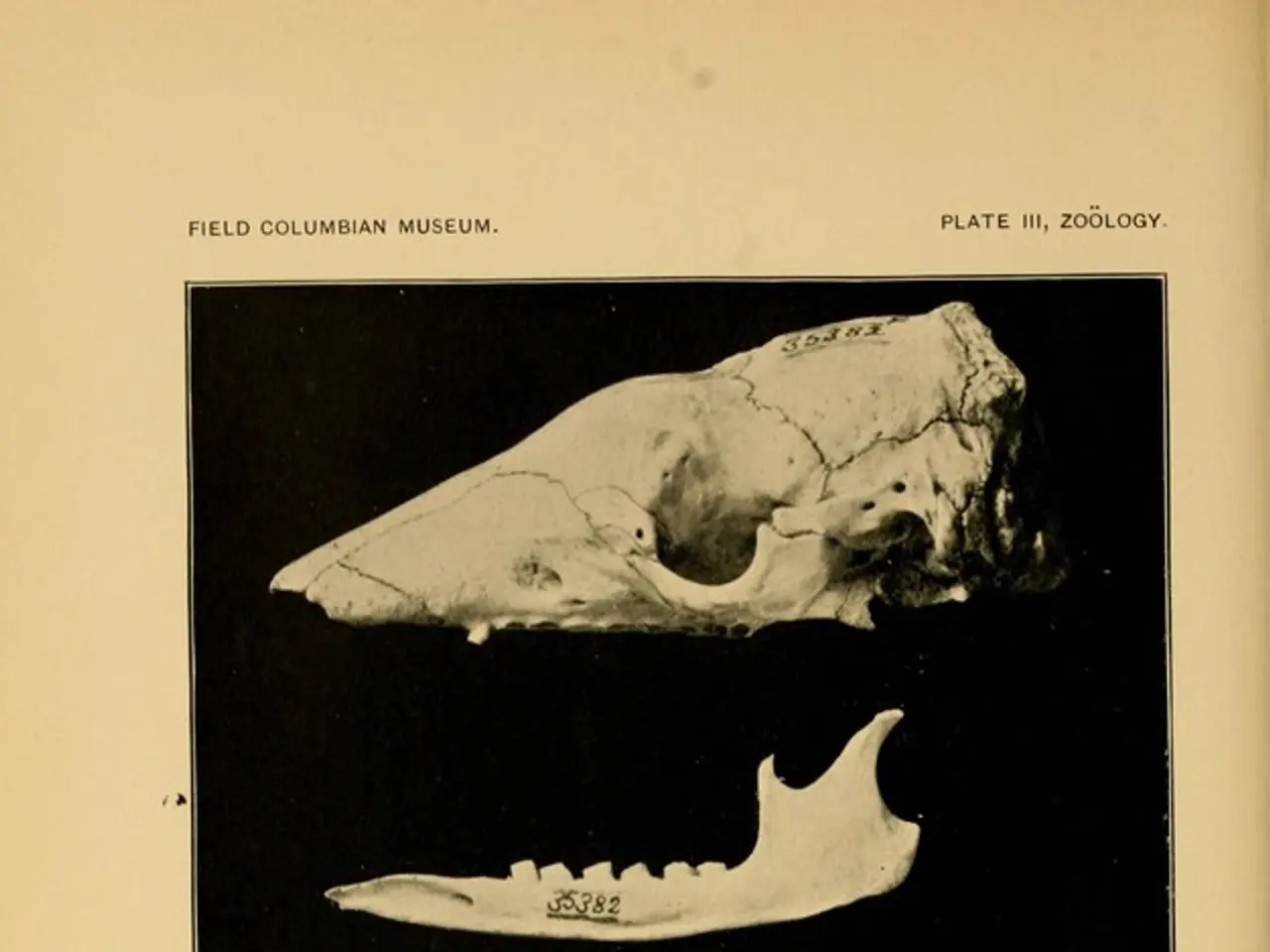Risk Elements in Mixed Connective Tissue Disease, Both Genetic and Environmental
Mixed Connective Tissue Disease (MCTD) is a rare autoimmune disorder that presents a complex interplay between genetic and environmental factors. While the exact cause of MCTD remains elusive, research has shed light on some of the key elements involved.
Genetically, MCTD has associations with certain human leukocyte antigen (HLA) types, particularly HLA-DR4 and HLA-DR2. These genes are part of the major histocompatibility complex (MHC). Additionally, other non-HLA genes such as PTPN22, NLRP1, STAT4, and IRF5 have been linked to susceptibility.
Environmentally, various triggers may initiate or exacerbate MCTD in genetically predisposed individuals. Viral infections like cytomegalovirus (CMV), Epstein-Barr virus, and parvovirus B19, as well as exposure to chemicals such as silica dust, organic solvents, trichloroethylene, and polyvinyl chloride, have been identified as potential culprits. However, smoking has not been demonstrated as a risk factor for MCTD.
The disease involves autoimmune dysregulation characterized by immune-mediated injury to small blood vessels and excessive fibrous tissue deposition, leading to symptoms affecting the skin and internal organs. The genetic and environmental interplay likely influences this pathological immune response.
The presence of anti-U1 RNP antibody is essential for the diagnosis of MCTD, found in almost all people with the disease. Currently, there is no cure for MCTD, but medications can help control the immune system and manage symptoms. Early diagnosis is crucial as treatment can slow down or reduce symptoms, protecting organs from damage.
Researchers are working to better understand how environmental exposures trigger disease in genetically susceptible people, which may eventually lead to new ways to prevent or treat MCTD. Understanding the genetic and environmental risk factors can help with earlier diagnosis and better management.
Stress, both physical and emotional, may make the body more prone to autoimmune responses and may combine with other risk factors to trigger the disease. Other factors, such as the number of risk genes, the strength of environmental exposure, and even chance, may play a role.
Exposure to certain chemicals has been linked to autoimmune diseases, including MCTD, although the evidence is weaker than for infections and smoking. Knowing the risks can help with decisions about lifestyle, such as avoiding smoking or managing stress.
People with certain versions of these HLA genes have a higher risk of developing MCTD compared to the general population. HLA-DR2 has also been linked to an increased risk, particularly in people of European descent. Research continues to look for more genetic markers and environmental triggers for MCTD, with the hope that genetic tests may help identify people at risk before symptoms start.
In conclusion, MCTD is a complex autoimmune disorder influenced by both genetic and environmental factors. As research progresses, we may uncover new insights into its causes and develop more effective strategies for prevention and treatment.
- In the context of MCTD, medications can play a crucial role in controlling the immune system and managing symptoms, while early diagnosis allows for timely treatment that can potentially protect organs from damage.
- Exposure to certain chemicals, such as silica dust, organic solvents, trichloroethylene, and polyvinyl chloride, is linked to an increased risk of MCTD, making it necessary for individuals to be aware of the risks and make informed decisions about their lifestyle.
- The presence of HLA-DR4, HLA-DR2, PTPN22, NLRP1, STAT4, and IRF5 genes, among others, has been linked to a higher risk of developing MCTD, suggesting that genetic tests may one day help identify those at risk before symptoms appear.




